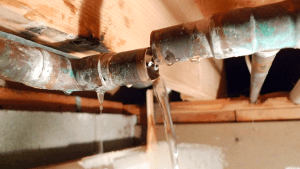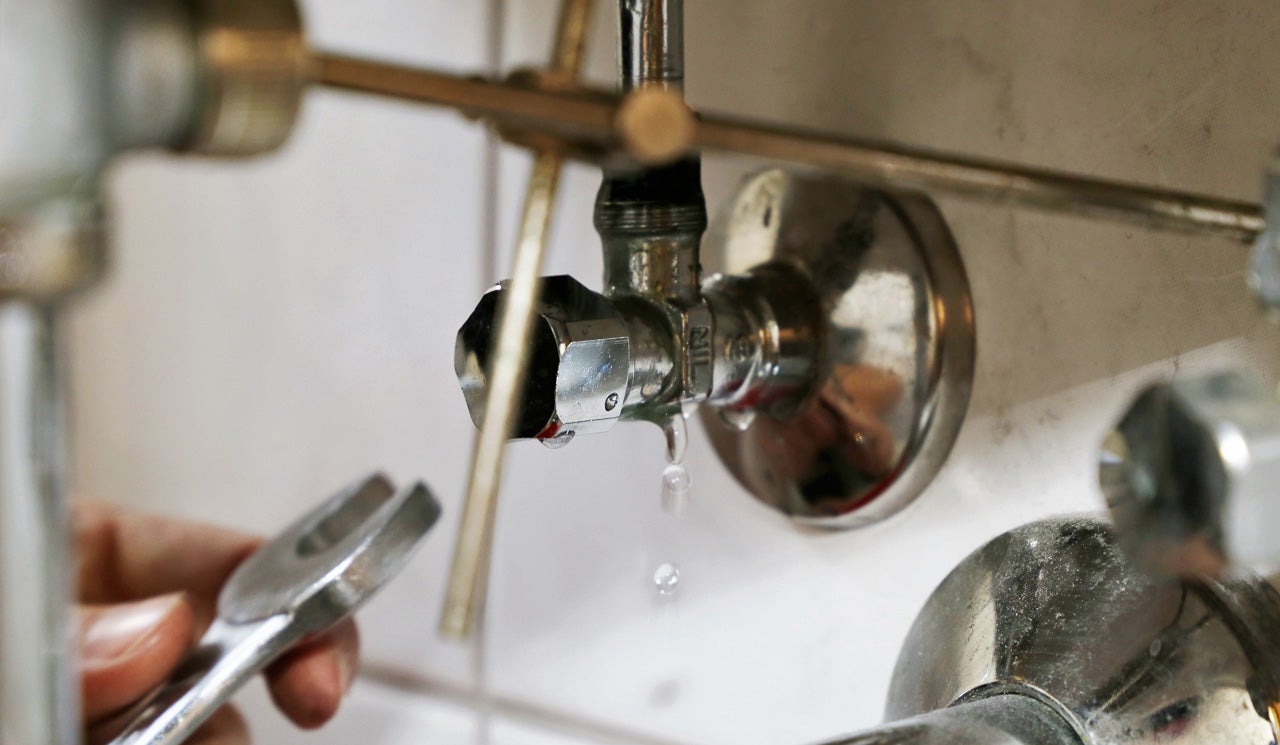Detecting Concealed Water Line Leaks: 6 Clever Methods
Detecting Concealed Water Line Leaks: 6 Clever Methods
Blog Article
Do you find yourself hunting for help on Top leak detection hacks?

Early detection of dripping water lines can alleviate a prospective disaster. Some little water leaks may not be visible.
1. Check Out the Water Meter
Examining it is a guaranteed method that assists you find leaks. If it relocates, that suggests a fast-moving leakage. This suggests you might have a slow leak that could also be below ground.
2. Inspect Water Consumption
Assess your water costs and also track your water usage. As the one paying it, you need to discover if there are any type of disparities. If you spot sudden changes, regardless of your consumption coinciding, it indicates that you have leaks in your plumbing system. Bear in mind, your water expense need to fall under the same range each month. An abrupt spike in your costs shows a fast-moving leakage.
Meanwhile, a consistent rise monthly, despite having the very same habits, shows you have a slow-moving leak that's additionally gradually escalating. Call a plumber to extensively check your residential or commercial property, particularly if you really feel a cozy area on your floor with piping below.
3. Do a Food Coloring Examination
When it comes to water consumption, 30% comes from commodes. If the shade somehow infiltrates your dish during that time without flushing, there's a leak between the storage tank and also dish.
4. Asses Outside Lines
Do not fail to remember to check your outside water lines too. Ought to water seep out of the connection, you have a loosened rubber gasket. One little leakage can squander heaps of water and spike your water costs.
5. Analyze the scenario as well as inspect
Property owners ought to make it a practice to check under the sink counters and also inside cupboards for any bad odor or mold and mildew growth. These 2 red flags show a leak so prompt interest is called for. Doing routine assessments, also bi-annually, can conserve you from a major issue.
If you recognize your residence is already old, maintain a watchful eye on your heaters, hose pipes, pipelines and so on. Look for discolorations and also weakening as most pipelines and also home appliances have a life span. They will additionally normally deteriorate due to wear and tear. If you suspect leaking water lines in your plumbing system, don't await it to rise. Call a specialist plumber as soon as possible so you don't end up with a terrible mess in your home.
Early detection of dripping water lines can reduce a possible calamity. Some small water leakages may not be visible. Inspecting it is a proven means that helps you find leakages. One tiny leakage can squander tons of water as well as increase your water bill.
If you think dripping water lines in your plumbing system, do not wait for it to intensify.
How to Know If Your Home Has a Hidden Leak
Water Meter Reveals Inexplicable Water Usage
If you’d like to test whether or not there’s a leak somewhere in your home, you can do this using your water meter. Here is how to conduct the test:
Don’t use any water in your home for at least 30 minutes; this also means not turning on faucets or water-using appliances.
Go outside, and check your water meter for activity.
If your water meter shows that there was activity, even though no one was using any water, this proves that there is a leak in your home.Visible Mold or Mildew Growth
Leaks behind walls create moist, dark environments that allow mold and mildew to grow and thrive. Eventually, you might see mold growth forming on the wall closest to a hidden leak.
If mold is growing in an area that receives a high amount of moisture, such as a bathroom, it may simply be an indication that better ventilation is needed. However, if you see mold growth on a wall or the ceiling in an area where you would not expect, you probably have a hidden leak.
Musty, Mildew Odor
Sometimes you might not be able to see the mold or mildew that is growing as a result of a leak. However, the smell can give the problem away just as easily. If you catch a whiff of something musty, there’s a good chance that old water is collecting somewhere in your home that you can’t see.
Stained/Warped Walls, Ceilings, or Floors
When your home soaks up water, a variety of red flags can become visible, including ceiling stains, bubbling drywall, warped walls, and sagging floors. While these issues can be caused by excess humidity, they can also be signs that a pipe or plumbing connection has started leaking behind your walls.
Inexplicably High Water Bill
After a while, you get a general sense for what your water bill should be. If you own a pool or sprinkler system, your bill will tend to be higher during summer. However, if you receive a water bill that seems especially high, and you can’t figure out what caused it, then you may have a hidden leak somewhere that’s increasing your bill.
https://www.plumbingjoint.com/blog/2019/july/how-to-know-if-your-home-has-a-hidden-leak/

We were shown that editorial on Locating water leaks from someone on another domain. Liked our blog entry? Please share it. Let somebody else check it out. I appreciate reading our article about Hacks to detect leaks.
This Page Report this page